Hamburg, Germany, is a major port city located in the northern part of the country. Its history and transportation infrastructure are intertwined with its status as a key maritime and commercial hub.
Vectormap.Net provide you with the most accurate and up-to-date vector maps in Adobe Illustrator, PDF and other formats, designed for editing and printing. Please read the vector map descriptions carefully. provide you with the most accurate and up-to-date vector maps in Adobe Illustrator, PDF and other formats, designed for editing and printing. Please read the vector map descriptions carefully.
Here’s a detailed overview:
History:
- Medieval Origins (8th Century): Hamburg’s history dates back to the 8th century when Charlemagne established a fortress on the site. Over time, the settlement grew into a medieval trading hub.
- Hanseatic League (13th-17th Century): Hamburg became a member of the Hanseatic League in the 13th century, a confederation of merchant guilds and market towns that dominated trade in the Baltic Sea and North Atlantic. This period marked the city’s economic and political influence.
- Free and Hanseatic City (19th Century): In the 19th century, Hamburg gained the status of a Free and Hanseatic City, which granted it considerable autonomy within the German Confederation. The city’s port and trade continued to expand, solidifying its position as a major economic center.
- Industrialization and World Wars: Hamburg’s industrialization during the 19th and early 20th centuries further boosted its economic importance. However, the city suffered extensive damage during World War II, particularly during the Operation Gomorrah air raids in 1943.
- Post-War Reconstruction and Growth: After the war, Hamburg underwent extensive reconstruction. The city’s port was rebuilt, and it continued to thrive as a trading center. In the post-war period, Hamburg also became a cultural and media hub.
- Recent Developments: In recent decades, Hamburg has seen urban redevelopment, including the HafenCity project, one of the largest urban development projects in Europe, transforming former port areas into a modern mixed-use district.
Transportation Infrastructure:
- Port of Hamburg: As one of the largest and busiest ports in Europe, the Port of Hamburg plays a central role in the city’s transportation infrastructure. It handles a vast amount of cargo and is a key hub for international trade.
- Rail Networks: Hamburg is well-connected by rail, with major train stations like Hamburg Hauptbahnhof serving as a crucial transportation hub. High-speed trains connect Hamburg to other major cities in Germany and Europe.
- Road Networks: The city has an extensive road network, and its location at the crossroads of major highways facilitates efficient transportation by car and truck.
- Aviation: Hamburg has an international airport, Hamburg Airport (Flughafen Hamburg), which connects the city to destinations worldwide. It serves both domestic and international flights, contributing to Hamburg’s accessibility.
- Public Transportation: Hamburg has an efficient public transportation system, including buses, trams, and the U-Bahn (subway). These modes of transport connect various parts of the city, making it easy for residents and visitors to navigate.
- Waterways: Apart from the seaport, Hamburg has an extensive network of canals and waterways, contributing to its historic and contemporary significance in maritime trade.
Hamburg’s rich history and robust transportation infrastructure make it a vital economic and cultural center in Germany and Europe.

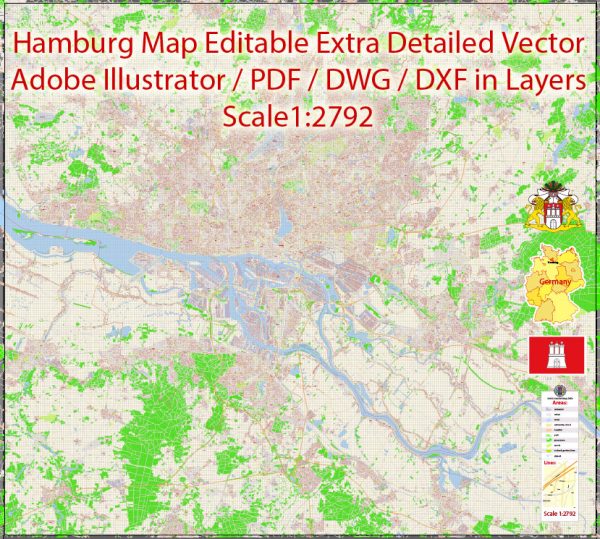
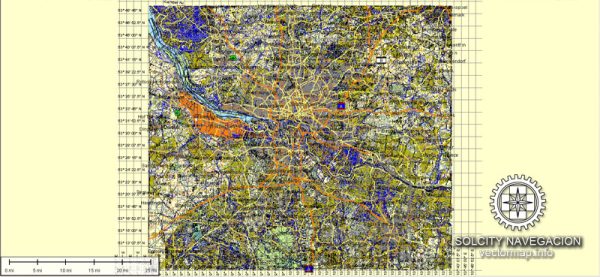
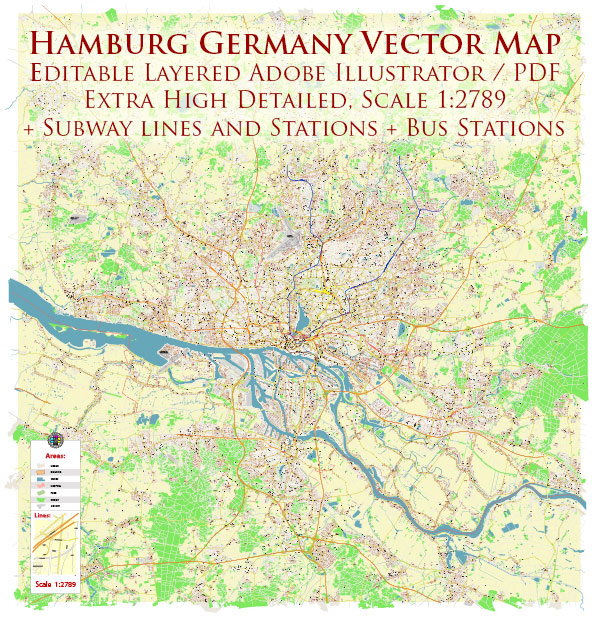
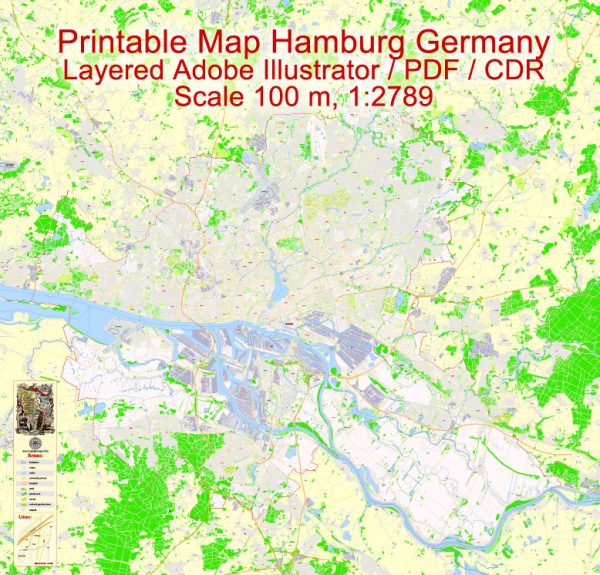
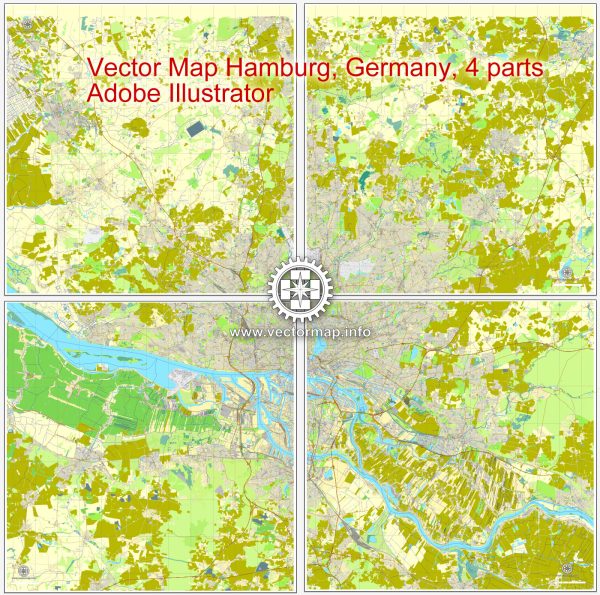
 Author: Kirill Shrayber, Ph.D.
Author: Kirill Shrayber, Ph.D.